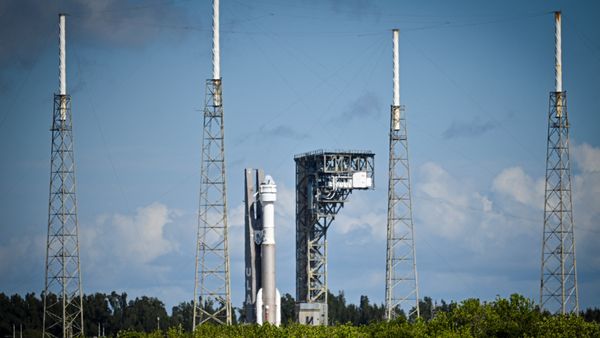
Australia is in the eye of a price-inflation storm, with those among us shopping for Easter eggs discovering prices at levels never before seen. The price of a basic Cadbury bunny has hopped up from $4.25 in 2021 to $4.50 in 2022 and then $5 in 2023. A Lindt bunny nestled in at $5 last year but has multiplied to $6 now.
Chocolate is a perfect representation of how inflation works. The sweet stuff is squeezed up by rising prices for globally sourced ingredients like cocoa, plus domestic price pressures on milk, transport and labour.
Almost all cocoa is sourced from two countries in West Africa — Ghana and Cote d’Ivoire. Those two nations have been soaring recently as cocoa futures have risen. Sugar — the other big ingredient in chocolate — is also very expensive right now, as the next chart shows.
Australia has lots of chocolate factories — we were in the top 15 globally for chocolate imports in 2021. Cadbury alone has two pumping out record volumes, Mars manufactures locally, and there are the likes of Haigh’s and other more boutique concerns. But all that is not enough to sate our nation’s desire, and we are increasingly importing our chocolate (hello to all the Lindt, Choceur and Whittaker’s eaters).
Still, most easter eggs are made locally — it doesn’t make business sense to ship across the world a chocolate product full of air and prone to melting.
Ground zero for Easter eggs — a pagan symbol of spring with a tenuous connection to any resurrection narrative — is Melbourne’s eastern suburbs. Cadbury manufactures millions of easter eggs annually in the suburb of Ringwood, on production lines that also make Picnic and Crunchie bars.
Keeping it creamy
As well as cocoa and sugar, the other big ingredient in chocolate is milk. Dairy prices are the top rising category in the supermarket, according to the ABS, with prices rising more than 15% in the past year. If you tip “a glass and a half of full cream dairy milk” (as per the famous Cadbury slogan) into your product, that’s going to deliver a significant price penalty. Farm gate prices for milk are through the roof in Australia.
And since the company shrank the size of its blocks from 200g to 180g, the Cadbury slogan doesn’t even work anymore. The dreaded shrinkflation — a 10% decrease in block size — means every block now contains a glass and a third of full cream dairy milk, not the old glass and a half. Doesn’t have quite the same ring to it, does it?
The other big costs for running a factory are labour and energy. We all know energy prices have risen a lot, and labour does well too in manufacturing in Australia. Wages growth in manufacturing is running ahead of the Australian average, at 4% a year. You can make $46 an hour as a skilled machinist working in Cadbury’s Tasmanian factory. They run 24 hours a day and you can expect to make even more on night shifts, etc.
But of course, the demand for chocolate eggs is highly seasonal. If you’re willing to wait for just a little until after Easter, appetite for chocolate eggs falls spectacularly and a round of discounting hits. The perfect way to beat inflation.






